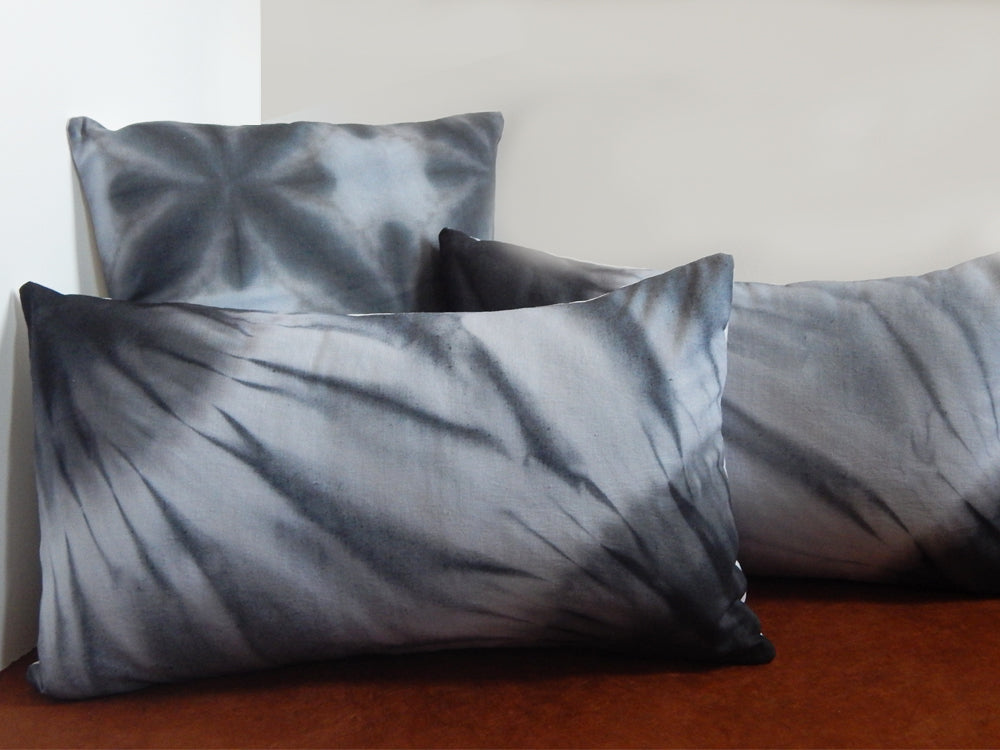
Tie-Dye & Batik: What is the difference?
Share
Batik and tie-dye are methods used to make surface designs on fabric. They both use the resist technique to repel and absorb dye to color fabric. So they both use fabric, dyes and some form of resist but that may be where the similarities end.
BatikTo create batik, molten wax is applied to fabric to create a pattern. Wherever the wax is applied, the dye will not penetrate the fabric. This method gives the artist almost full control of the outcome. The image below is our Turtle Batik Craft Kit. This print was waxed on 100% white cotton so the white remains where the wax was drawn on the fabric. Click here for more on how to create a batik print.

The resist method of tie-dye is created by using twine or rubber bands to tie the fabric into a design. Wherever the fabric is tied, the dye cannot penetrate. The artist has less control of the outcome compared to the batik method since the tie most often does not create an absolute barrier from the dye. The intended design is achieved but the untying of the dyed fabric most often reveals some unexpected and amazing results. The image below is from our tie-dye reversible table runner. Both sides were treated with the same dye colors but tied in different patterns. The white lines appear where the fabric was tied and as you can observe, the white lines are interrupted with bursts of color.

